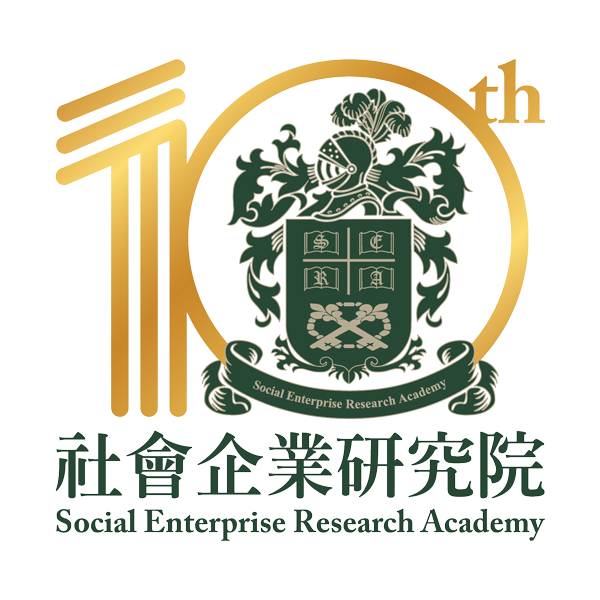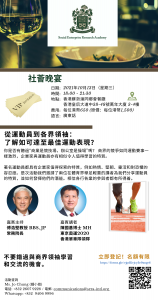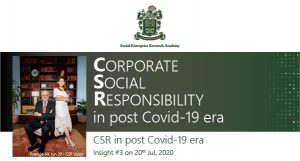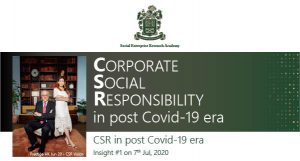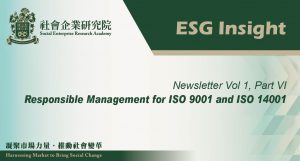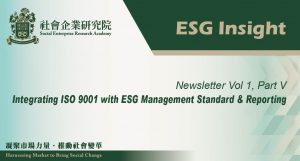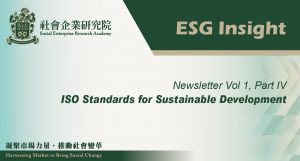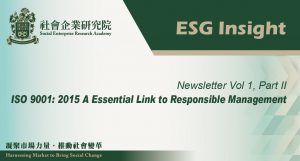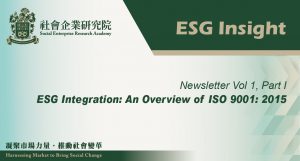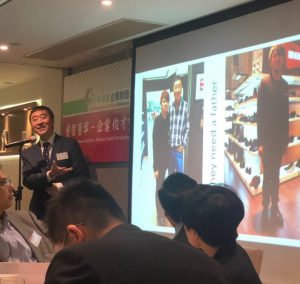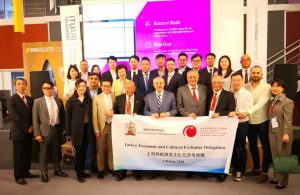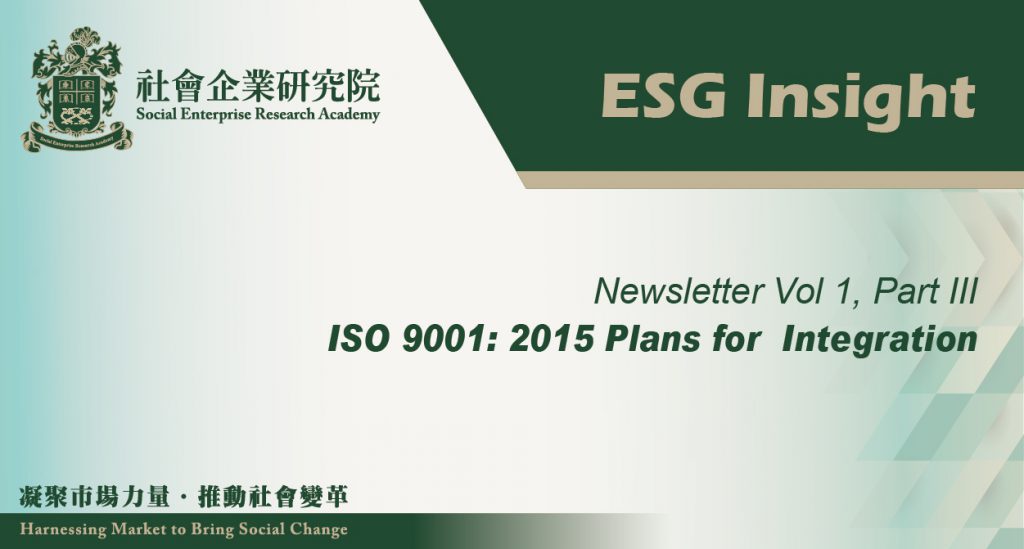
The standards for management systems such as ISO 9001, ISO 14001 and ISO 45001 (OHSAS 18001) are developed towards a high-level structure of compatibility. Driven by the need for sustainable development, the logical step is to integrate the various management systems into one coherent responsible management system.
There are two methods of integration: direct approach and incremental approach.
The direct approach option completely replaces the existing quality management system (ISO 9001: 2008) with the target system, an ESG Management Standard introduced by Social Enterprise Research Academy (SERA). There is no need to integrate the processes of various management systems into the common system structure.
Under the direct approach, the scope of responsible (integrated) management system covers the entire organization’s processes to embrace quality as an integral component of sustainable development which are relevant to the strategic direction, compliance obligations and stakeholder requirements.
The implementation of the responsible management system can be carried out through the PDAC cycle:
a) PLAN
- Context of the organization
- Leadership
- Planning
- Support
b) DO
- Operation planning and control
c) CHECK
- Performance evaluation
d) ACT
- Improvement
Alternatively, the incremental approach starts with the quality management system (ISO 9001: 2015) first, and then uses the high-level structure to integrate with other management systems (ISO 14001, ISO 45001 and other standards). These systems are added incrementally towards the target system (sustainable management system). ESG Management Standard introduced by Social Enterprise Research Academy is a normative standard for implementing the responsible management system.
The advantage of the incremental approach is the change in existing management system will be easy to manage. However, the target system (responsible management system) being developed will consume a lot of time as there are multiple standards of management systems to be integrated under the incremental approach, of which requires a careful mitigation plan. A drawback is that the common system processes must first be identified before any implementation takes place, as interface problems may arise if this procedure is not correctly performed.
The process approach, risk-based thinking and PDCA cycle have been addressed in ISO 9001: 2015, and are considered essential for developing, implementing and improving the effectiveness of a management system. A process is a set of interrelated or interacting activities which transforms inputs into outputs (ISO Definition).
However, the success of the implementation requires both a “holistic approach” and “process approach” for the synthesis, alignment and integration of the systems.
Synthesis means looking at the whole organization as an open system in the context of business environment and stakeholder requirements, taking into consideration of the risks and opportunities.
Alignment means the linkage of sustainable management system with the organization’s strategic direction, objectives, policies and action plans. The process hierarchy of the system includes five levels: 1) system level; 2) business processes; 3) work processes; 4) activities and 5) tasks.
Integration means the processes of subsystems that are interconnected to deliver anticipated results, which cuts across different departments or functions. From the customer’s point of view, a single process will have taken place. For example, “selling to customers” involves a) the sales department finding the customer; followed by b) the distribution department taking the order and then c) the accounting department issuing an invoice to the customer. Predictable results are achieved when these activities are managed as an interrelated process that functions as a coherent system.
